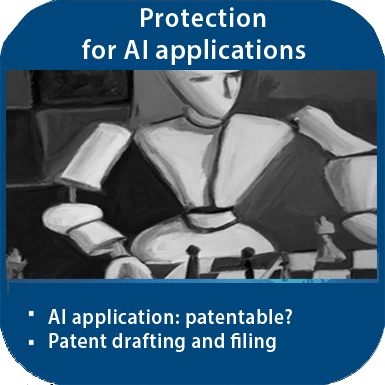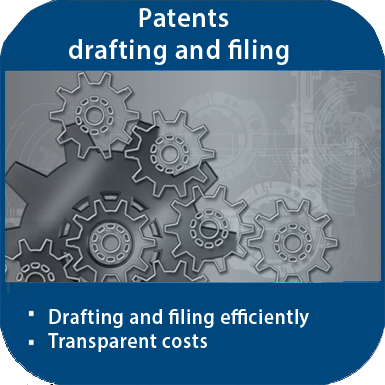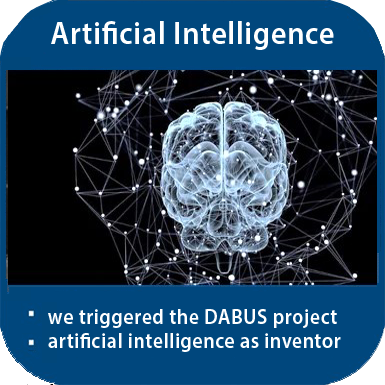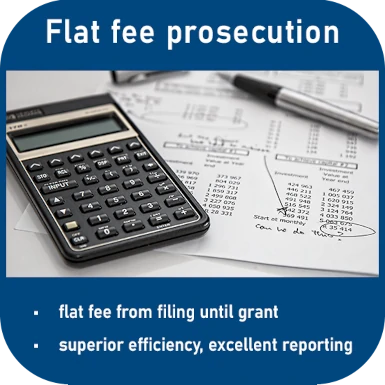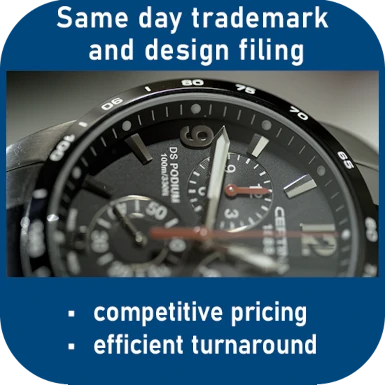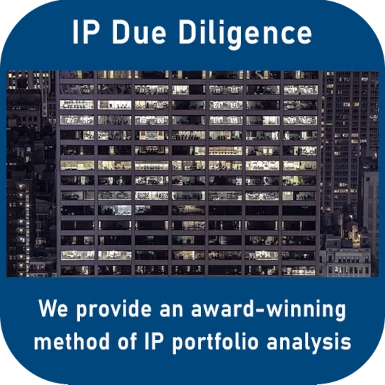Right to use the employee invention

If an employer gives up the property right to an employee invention, it is obliged to offer this property right to the inventor for adoption. In such a constellation, the employer can also reserve the right to continue to use the employee invention (see § 16 (3) ArbnErfG). The provisions on inventor compensation under the Employee Inventions Act also apply in such a constellation.
What does such a right of use cover?
Above all, the right of use lends itself to the further utilisation of the released invention in your own company. A right of use also includes external manufacture, but only if this does not infringe the monopoly right now held by the employee. Third-party production is deemed permissible if the employer retains absolute control over the utilisation and has a decisive influence on the type and scope of production and distribution.
It is important to note that the employer must also pay "appropriate" remuneration for a released employee invention with a reserved right of use. The entitlement to and the amount of an inventor's remuneration for the right to use a service invention are subject to the Employee Inventions Act.
The right of use and the reserve patent
In practice, this means that the mere right of use is not to be remunerated as such, the amount of the claim is zero. The mere right of use also does not lead to an invention value as a reserve patent. This is because the mere right of use cannot be used by the employer as a prohibition right against competitors.
Employee inventions that are recognised by the employer as employee inventions and are protected by property rights, but are not exploited, are referred to as so-called shelf patents. In established arbitration practice, an annual invention value of 640 (or 770 in the case of additionally existing unutilised foreign property rights) is assumed for a reserve patent - however, only from the 8th patent year up to the 20th patent year, as employers are to be granted up to seven years for entrepreneurial consideration (pursuant to § 44 PatG).
Remuneration for the right to use the employee invention
Actual remuneration is therefore only paid if the right of use is exercised. It should be noted that even if the amount of the remuneration could be determined in accordance with a licence fee to be specifically related to the invention, the Employee Inventions Act provides for a different regulation.
The amount of remuneration for the right to use a service invention is determined (analogous to the system of § 9 (2) ArbEG) on the basis of the inventor's participation in a fictitious licence fee in relation to the invention, i.e. according to the so-called licence analogy. This calculation of the amount of remuneration takes into account that the company also has a share in the creation of the invention and its actual application by creating materials, tools, know-how, the working structures and also the market environment.
It must also be taken into account that significantly lower licence fees are paid for a simple right of use than for an unrestricted prohibition right. Therefore, a significant discount on the value of the invention is considered justified for a simple right of use. This discount regularly amounts to 50%.
Right of use and existing licences
Pursuant to § 16 ArbEG, the employer has no further information obligations beyond the mere notification to the employee of the intention to transfer. However, according to the duty of care under § 241 (2) BGB (German Cicil Code), the employer is obliged to inform the employee about existing rights to the intellectual property, such as licences granted, as this information can significantly influence the employee's decision to take over the intellectual property, as the Arbitration Board points out in the settlement proposal Arb.Erf. 42/20.
Claims arising from a licence agreement that was concluded prior to the transfer of ownership of the intellectual property are transferred to the employee if they are causally and exclusively related to the intellectual property. However, income that is not related to the intellectual property, such as income from the transfer of expertise, developments, engineering services or similar items, is considered non-property right or non-property right-neutral income. They remain with the employer and are not transferred to the employee.
Do you have questions about inventor remuneration or other aspects of employee invention law?
We are an experienced patent law firm specialising in patent law and employee invention law.
Please contact us by phone at +49 69 69 59 60-0 or info@kollner.eu.
